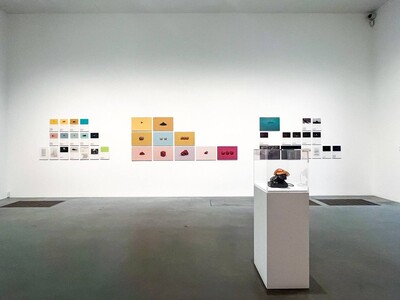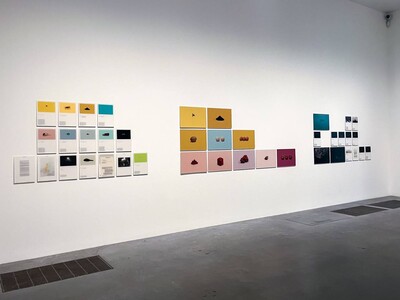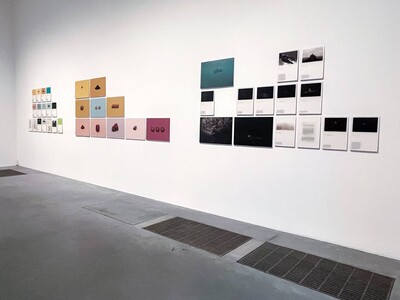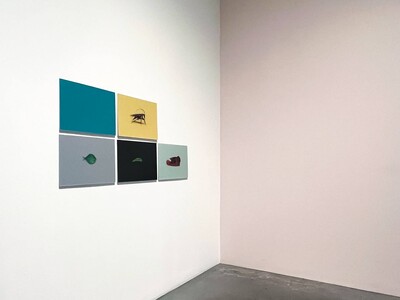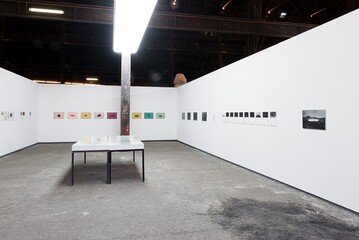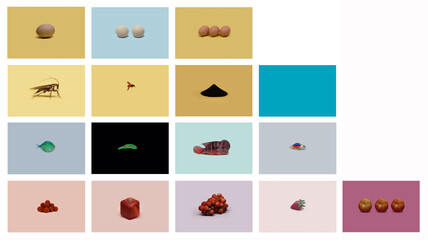Group Exhibition Tate Modern, London, U.K., Natalie Bell Building Level 4 West Room 1
Discover artists from Tate's collection who have embraced new and unusual materials and methods
The Materials and Objects display looks at the inventive ways in which artists around the world use diverse materials.
Increasingly over the last hundred years, artists have challenged the idea that certain materials are unsuitable for art. Some employ industrial materials and methods, while others adapt craft skills, or put the throwaway products of consumer society to new uses.
Through surrealism and speculation, the artworks in this room disrupt our assumptions about the world around us
Robert Zhao Renhui’s catalogue of plants and animals, A Guide to the Flora and Fauna of the World, is full of unexpected discoveries.
On the walls of the gallery, Zhao presents excerpts from the catalogue. These describe how different species have evolved in response to human intervention and changing environments.
Some of these narratives are based on real scientific findings, while others are imagined and hypothetical proposals. The guide is issued by The Institute of Critical Zoologists (ICZ), a fictional institution invented by the artist. It mimics encyclopaedic traditions to explore the limits of human systems of knowledge.
In a new text Zhao has written for the display, he imagines Salvador Dalí’s Lobster Telephone as one of the specimens recorded by the ICZ. Lobster Telephone is a classic example of a surrealist object. Surrealist artists aimed to liberate the mind by exploring the power of dreams and the unconscious. Dalí believed unexpected combinations of objects – like the lobster and telephone – could reveal the secret desires of our unconscious minds.
Both Dalí and Zhao explore a space beyond reality and rationality to speculate about alternative forms of knowledge.
More Pictures:

